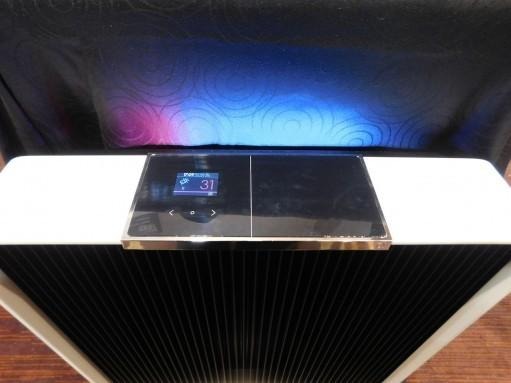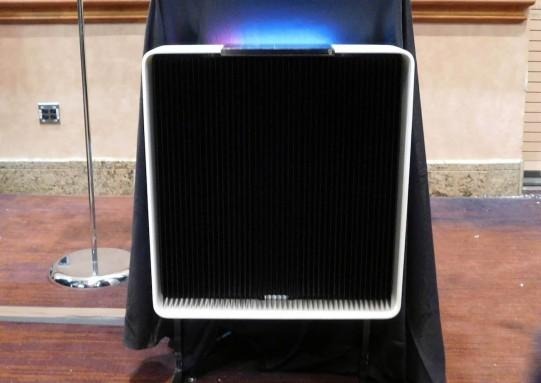Qarnot's Q.rad Reuses Computing Heat To Provide Warmth To Rooms
Almost all computer users, especially PC gamers, would prefer their machines not to emit heat at all. In fact, a whole market exists to offer different, and sometimes almost insane, ways to cool down computers. There are times, however, when heat output is unavoidable, like when it comes to server farms. French computing company Qarnot has designed a way to turn that fact of life to people's benefits. First is to distribute computing power across the Internet instead of locating them all in a single physical space. The second is to reuse the heat from those nodes to provide heating for homes. Introducing Q.rad, claimed to be the world's smartest heater.
Computing heater, Qarnot calls it, which almost sounds ironic considering how people try to keep their computers from heating up. Instead of a dedicated room heater, Q.rad uses the heat off the churning of the microprocessors inside. Instead of simply dissipating heat, it reuses them for someone's benefit.
The Q.rad houses several sensors, like humidity, carbon dioxide, and presence infrared, to automatically adjust its settings depending on the context or situation. Alternatively, users can also control the temperature via his or her smartphone.

But what do those microprocessors do? Each Q.rad is basically a node in a distributed computing system. Think of it like Folding@Home. So Q.rad not only benefits the host owner with heating, it also benefits the computing world at large. The processing power is distributed to banks, rendering farms, and research labs. In return, hosts are refunded for their electricity costs. In other words, heating for free and for a purpose!

Check out more of our CES 2016 coverage as they happen!
